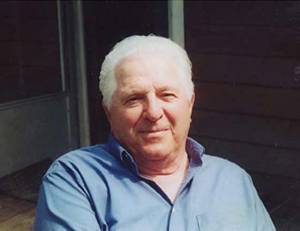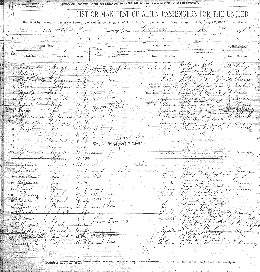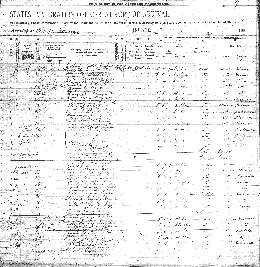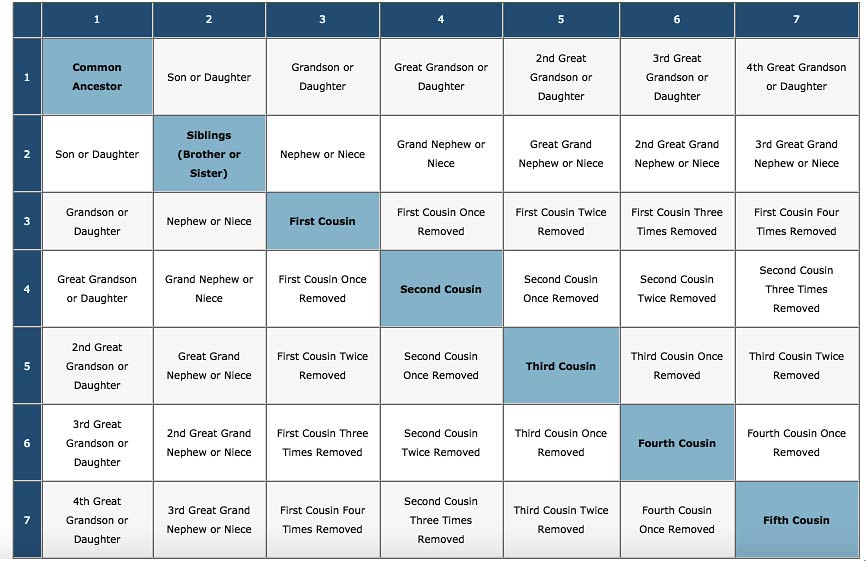Burgenlaenders started migrating to the Clifton-Passaic area in New Jersey around the turn of the century. Most were from southern Burgenland and the Güssing area. Many of the immigrants worked in the wool and textile mills and small factories that were concentrated in the area.
Religion was a very important aspect in their lives. When they arrived in America, most continued to worship and attend services in their new homeland. The church became a place where the newly arrived Burgenlaenders could gather with friends and family to continue the religious traditions of the “Heimatland.” It was not uncommon then to establish national churches to
accommodate the new immigrant population groups. On June 17, 1900 (Holy Trinity Sunday), several men from Passaic met with the Bishop of Newark to request that a national church be built for the German-speaking people in the area, and the request was granted. Appropriately, the name chosen for the new parish was Holy Trinity.
A temporary church was used for religious services until a permanent church could be built. In the spring of 1903 the cornerstone for the church was laid, and the church opened up for services in September of that year. Its first pastor was Fr. Joseph Hasel from Newark, and there were about 400 parishioners.
Shortly thereafter in 1906 a school was established in temporary quarters in the back of a barbershop near the church. It was very popular and attendance grew rapidly. To accommodate all the students, additional land was purchased adjacent to the church where a permanent school building was constructed.
Having a church where masses were said in their native tongue made the transition to their new homeland that much easier for the Burgenlaenders. Many of the Burgenlaenders who came to this area as young adults ended up being married at the church, baptizing their children there, and celebrating the most important events of their lives in that church.
While I lived in New York, I had many relatives who lived in Clifton and Passaic. As a result, I attended many religious functions at Holy Trinity Church, and even served as an altar boy at my cousin’s wedding there more than 50 years ago. Also, since my mom lived in Clifton before getting married, my parents’ wedding service was held at that church. Thus, my bond to the church is extra special.
The church is in excellent physical condition. It was renovated for its centennial celebration in the year 2000. The church basement is still used for the annual Weinfest that is held in early November. Walt Groeller from Whitehall, Pa., has been entertaining crowds at this function for the last 30 years. It’s a tradition that people are not willing to give up.
More than 100 years have past since those first Burgenland immigrants attended services at Holy Trinity Church. While the neighborhood has changed and most of the old time Burgenlaenders have moved from the area, many still travel to the Church for Sunday services. The 10:00 AM mass is still said in German. The Church’s pastor, Fr. Antonio Rodriguez, who is Spanish, speaks fluent German and is supportive of the needs of the old parishioners. The Burgenlaenders show their appreciation with continuing support of the church, in the tradition of the early Burgenlaenders who worshipped there many years ago.
]]>Edson Stagg, the last farmer in Hasbrouck Heights, died Saturday at his home in Hunterdon County. He was 89.
Mr. Stagg operated a produce and flower farm for more than 25 years on land his father acquired in 1919. The land included a Dutch sandstone house dating to 1728. Mr. Stagg was born in the farmhouse.
Edson Stagg operated this produce and flower farm in Hasbrouck Heights for more than 25 years on land his father acquired in 1919. He sold the property in 1972 and moved to Hunterdon County, where he opened another farm.“When my father bought this farm … it was a mile long and 500 feet wide. It stretched all the way from the Erie Railroad tracks in Hackensack to the Lodi bleachery,” Mr. Stagg told a reporter in 1972, after he sold what remained of the family’s property, including the farmhouse, to a developer. By then, Stagg’s Farm was shoehorned between Routes 80 and 46, and a 12-story hotel, now the Hasbrouck Heights Hilton, was across the way.
Mr. Stagg grew and sold flowers in the spring and vegetables in the summer and fall. He sold Christmas trees during the holidays.
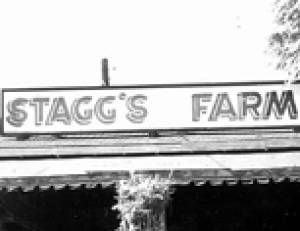
Edson Stagg operated this produce and flower farm in Hasbrouck Heights for more than 25 years on land his father acquired in 1919. He sold the property in 1972 and moved to Hunterdon County, where he opened another farm.
“He was a strong, determined man who knew what he wanted and was fussy about his road stand,” said his wife, Tory. “Everything had to be spotless, and anything not of A-1 quality would go right into the garbage.”
“We used to go there to buy our corn and tomatoes in the summer,” said Louise Davenport, 81, the Hasbrouck Heights historian and former borough clerk.
Mr. Stagg continued to operate the farm after moving to East Paterson in 1963. “But his heart, his whole life, was in Hasbrouck Heights,” his wife said. “He was very sad he had to sell, but he knew things were changing after they built the hotel across the street.”
The Staggs moved to Kingwood Township in 1980. Mr. Stagg had another Stagg’s Farm there — this one growing annuals and poinsettias.
In addition to his wife of 63 years, he is survived by his children, Edson Emil Stagg of Carlstadt and Jessica S. Morgan of Elmwood Park; two grandchildren and two great-grandchildren.
Visiting is today from 2 to 4 and 7 to 9 p.m. at Patrick J. Conte Funeral Home, Elmwood Park. The funeral service will be held there Thursday at 10 a.m.
]]>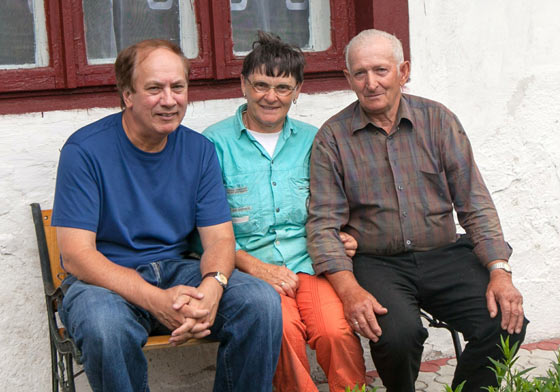
That’s me with Bronislaw and Zofia Sudol in Spie, Poland.
By JD Lasica
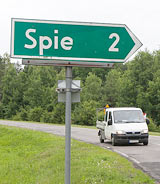 My side of the Lasica family — the American side — has had only fleeting contact with our cousins in Poland since my grandfather, Wojciech (George) Lasica, arrived on Ellis Island on Feb. 13, 1912. (For some perspective, that was a month before the Titanic sank.) My grandmother, Katarzyna Delenta Lasica, and my aunt Tory (Sophie) Lasica Stagg, sent items of clothing over in the 1950s, but since then, the connections have faded away.
My side of the Lasica family — the American side — has had only fleeting contact with our cousins in Poland since my grandfather, Wojciech (George) Lasica, arrived on Ellis Island on Feb. 13, 1912. (For some perspective, that was a month before the Titanic sank.) My grandmother, Katarzyna Delenta Lasica, and my aunt Tory (Sophie) Lasica Stagg, sent items of clothing over in the 1950s, but since then, the connections have faded away.
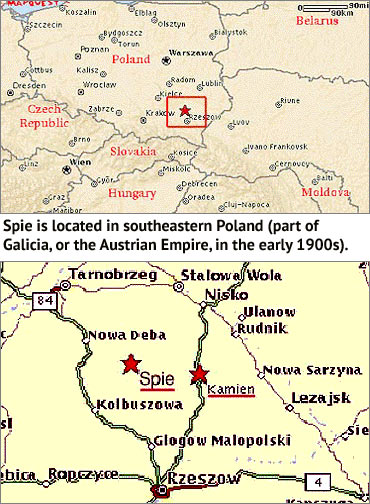 So when I headed to Poland in June 2013 for the first time, as a speaker at the Bitspiration startup conference, I decided to mix business with family affairs by hiring a Krakow-based family researcher from Your Roots in Poland to accompany me to the former Lasica family homestead in Spie, about 2 1/2 hours northeast of Krakow.
So when I headed to Poland in June 2013 for the first time, as a speaker at the Bitspiration startup conference, I decided to mix business with family affairs by hiring a Krakow-based family researcher from Your Roots in Poland to accompany me to the former Lasica family homestead in Spie, about 2 1/2 hours northeast of Krakow.
Here are 34 photos of my trip to Spie and the surrounding countryside. And here’s a map of where Spie is located (at right).
Kinga, Krzysztof and I spent June 27 tooling around Wilcza Wola, the district that encompasses Spie, with a local historian, Wojchiech Mroczka. We spent an hour going through records dating back to the early 1800s in the church parish’s offices with the help of Father Stanislaw. But the highlight came when we visited the now-abandoned house at 11 Spie and met the neighbors, Bronislaw and Zofia Sudol, who still maintain the land there for the property owner.
I won’t go into the backstory of how a determined family matriarch, Maria Lasica Bordon, cajoled family members to up and move to Toronto. But the Łasica family (pronounced wa-SHEET-sa) left an indelible mark.
Here’s a short video I took of Bronislaw when we arrived — he was quite excited to pass along his recollections of family members who once lived there, and it was quite touching to meet him and Zofia. For your hospitality, dziękuję bardzo!
Related
• Photos of Spie and the Poland countryside
• Photos of Krakow & a startup conference
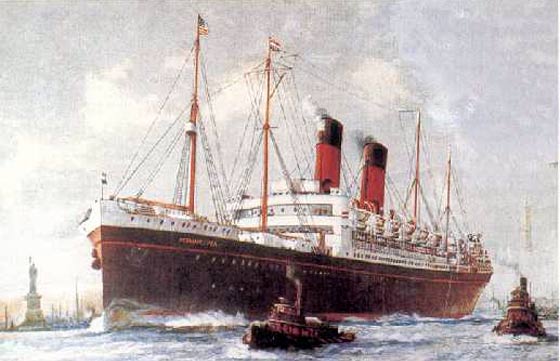
The Zeeland, which brought Wojciech “George” Lasica (my grandfather), who became the patriarch of the Lasica family in the U.S., to Ellis Island on Feb. 13, 1912. He was 19.
Immigration ship records for Wojciech ‘George’ Lasica
By JD Lasica
Around 1998, in response to my query, the National Archives sent several photocopies of records related to my grandparents. Here are the details for Wojciech “George” Lasica — including some real surprises:
S.S. Zeeland: Part of the fleet of immigrant ships
The S.S. Zeeland made her first voyage on April 13, 1901, from Antwerp, Belgium, to New York. She was registered under the British flag for the Red Star Line.
The Zeeland was 562 feet long by 60 wide with two funnels and four masts. There were accommodations for 342 First Class, 194 Second Class, and 626 Steerage class passengers. (Wojciech was almost certainly in steerage.) She was powered by 2 propellers, could travel up to 15 knots and weighed 11,905 gross tons.
The Zeeland changed owners and service a lot. On Oct. 21, 1911, she started Antwerp to Dover, England, to New York sailings for Red Star Line. She arrived with my grandfather, Wojciech Lasica, at Ellis Island on Feb. 13, 1912. For historical context, that was two months before the Titanic sank. The Zeeland continued sailings and immigration runs through 1929.
Manifest of Alien Passengers for the S.S. Zeeland
The National Archives provided this document, dated 1912: The List or Manifest of Alien Passengers for the S.S. Zeeland.
Here is Page 1 and a href=”http://lasica.org/wp-content/uploads/2013/12/manifest2-wojciech.png”>Page 2 of this large document, with passenger names, ages, occupations, etc. The name of my grandfather appears on line 23 (in the handwriting of the ship captain or another officer).
The handwriting is difficult to read —and we’ve transcribed the details on this page. It appears to say:
• Wojciech was 5-foot-6 inches tall with blond hair and blue eyes.
• He could read and write.
• He lived in Nowy Nart, a village about 12 kilometers east of Spie/Wilcza Wola.
• He had $18 in his pocket when he arrived.
• Shockingly, he listed his father as Kasper Lasica, not Jakub Lasica, but perhaps Jakub went by his middle name, or perhaps George was estranged from his father.
Page 2: Here is Page 2 of the document, with additional information:
• New arrivals had to list the address of the household where they’d be staying in the U.S.; he listed Wojciech Jandienszki in Passaic, NJ — his sister Sophie’s husband.
• Place of birth: Gwozdziec, Austria (now Poland). We’re checking on this, given that we assumed he was born in Spie, which is 130 kilometers away. But perhaps the family moved from Gwozdziec to Nowy Nart when George was young.
• He was accompanied by a friend, Jakob Kasica, who was also born in Gwozdziec.
Transcription of the ship manifest
Here is my attempt at a transcription of the ship manifest’s entries for Wojciech Lasica and his traveling partner and friend, Jakob Kasica. You’ll notice some interesting tidbits from the immigration laws of the time, including each immigrant needing to declare than he or she is not a polygamist or an anarchist.
Related
• Our transcription of Katarzyna Delenta’s entries on the Manifest of the S.S. Koln
]]>My last conversation with my father took place last weekend. Dad was looking forward to finally meeting his grandson Bobby during our trip back East just three weeks from now. We spoke for only a few minutes, but he took the time to remind me to send a photo of Bobby to his brother and sister, John and Vi.
Dad was always talking about responsibility, and about family. Those were the central touchstones in the household I grew up in — everything else flowed out of responsibility, and family.
 Dad taught me about hard work, and he put in about 30 years as a meat-cutter with the A&P because of responsibility to his family.
Dad taught me about hard work, and he put in about 30 years as a meat-cutter with the A&P because of responsibility to his family.
Dad taught me about fidelity and love — he and Mom were married for 56 years, and family always came before everything else.
Dad taught me about unpretentiousness, and not putting on airs. He had a great sense of humor, and he had no hesitation about telling a bad joke or putting on a bad wig if it would make people smile.
Dad taught me about sharing and selflessness. Whenever there was one last chicken leg or piece of pie at the dinner table, it was automatic that one of his children would get it.
I always marveled at how my father could work with his hands, a skill I didn’t fully appreciate when I was young. He came out to my house in Sacramento when he was 70 years old, and of course he went right to work and wound up caulking the windows and helping paint the front rail.
I have a thousand good memories of my father: Teaching me to ride a bike. Showing me and George how to fish and how to fly a kite. Rowing his kids out to the middle of Greenwood Lake on a canoe — and getting stuck on a log. Buying cotton candy for us on the boardwalk at Seaside Heights. Shooting off Roman candles in our driveway on the Fourth of July. Showing us how to feed deer in the Catskills. Taking me and George to Yankee Stadium. Teaching me that a straight flush beats four of a kind. Doing a great polka dance with Mom in his prime. Singing Polish Christmas carols with the relatives at Babci and Aunt Vi’s house.
He was not a perfect man. He was sometimes given to streaks of intolerance, single-mindedness and, it’s probably fair to say, downright stubbornness.
But none of that mattered to me, because I knew one thing: He had a good heart. He loved his wife and his children. He absolutely adored my wife, Mary, and his voice always turned soft and kind whenever we talked about baby Bobby.
Thanks to you, Dad, Bobby has already got those famous Lasica eyebrows, and he has your skin tone, and he’s got a wonderful grin that reminds me of you, too.
Dad, I’m sorry that Bobby won’t get to know you when he’s growing up, but I suspect he’s already carrying around part of your soul inside him.
Related
]]>“Just how are we related again?” It’s a common question, especially when you get to the second-cousin once removed stage.
The chart below offers an at-a-glance look at family relationships.
4 X Great
Grandparents
/ \
3 X Great 4 X Great
Grandparents Uncle-Aunt
/ \ \
2 X Great 3 X Great 1st Cousin
Grandparents Uncle-Aunt 4 X Removed
/ \ \ \
Great 2 X Great 1st Cousin 2nd Cousin
Grandparents Uncle-Aunt 3 X Removed 3 X Removed
/ \ \ \ \
Grand Great 1st Cousin 2nd Cousin 3rd Cousin
Parents Uncle-Aunt 2 X Removed 2 X Removed 2 X Removed
/ \ \ \ \ \
Father Uncle 1st Cousin 2nd Cousin 3rd Cousin 4th Cousin
Mother Aunt Once Removed Once Removed Once Removed Once Removed
/ \ \ \ \ \ \
ME Brother 1st 2nd 3rd 4th 5th
Sister Cousin Cousin Cousin Cousin Cousin
\ \ \ \ \ \
Son Nephew 1st Cousin 2nd Cousin 3rd Cousin 4th Cousin
Daughter Niece Once Removed Once Removed Once Removed Once Removed
\ \ \ \ \
Grand Great 1st Cousin 2nd Cousin 3rd Cousin
Child Nephew-Niece 2 X Removed 2 X Removed 2 X Removed
\ \ \ \
Great 2 X Great 1st Cousin 2nd Cousin
Grandchild Nephew-Niece 3 X Removed 3 X Removed
\ \ \
2 X Great 3 X Great 1st Cousin
Grandchild Nephew-Niece 4 X Removed
\ \
3 X Great 4 X Great
Grandchild Nephew-Niece
\
4 X Great
Grandchild
Common usage allows the Great Aunt-Uncle and Great Nephew-Niece to be referred to as Grand Aunt-Uncle or Grand Nephew-Niece. Although an allowable usage, it is not the preferred usage.
Another way to go about it
Here’s another way to figure out how you and a relative are related.
How to calculate how two people are related
- Select two people in your family and figure out the most recent direct ancestor they have in common. For example, if you chose yourself and a first cousin, you would have a grandparent in common.
- Look at the top row of the chart (in blue) and find the first person’s relationship to the common ancestor.
- Look at the far left column of the chart (in blue) and find the second person’s relationship to the common ancestor.
- Move across the columns and down the rows to determine where the row and column containing these two relationships (from #2 & #3) meet. This box is the relationship between the two individuals.
Source: About.com
]]>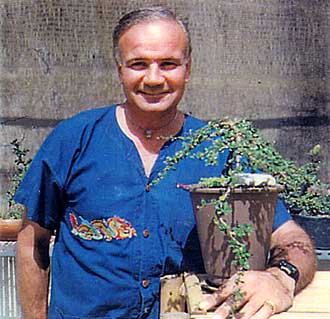
J. Martin Lasica with a bonsai tree.
In his 40s John Lasica started going by J. Martin Lasica. He lived in San Jose, Calif., and ran a roof-repair business, Just Leaks, in nearby Santa Clara. He traveled often to Thailand. He died of prostate cancer that metastasized at age 59. His ashes were spread in Flemington, NJ, by his close uncle, Edson Stagg. His daughter, Jennifer, printed a wonderful tribute to her father a few months after he died. Here’s an excerpt:
]]>J.Martin grew up in New Jersey. He spent a good deal of time working on his Uncle Ed’s farm. Throughout his life, he reminded us how important the work ethic was. Uncle Ed’s farm was where he internalized that life lesson and first experienced the rewards of hard work.
He had high expectations of himself as well as others. In 1963, he became a father to Craig and Scott when he married Irene. Together, they had three more daughters: Jenny-Sue, Cindy and Holly. Connecticut was home. When J. Martin and Irene divorced, he became a single father, raising his daughters in California. He has been there for the past 20 years.
He bought cases of "rattlesnake eggs." — wound-up paper clips in ah envelope decorated with Danger: Rattlesnake Eggs Enclosed. He shared them with many of us, who experienced a near heart attack when we opened them and heard the rattling.Dad’s passionate entrepreneurial spirit took hold in many successful roofing businesses. He was proud to take his children to work and show them the reward of a job well done. Years later, he would reminisce about how proud he was to work alongside his children. He loved creating small business ventures, including Motivational Relationship Systems (audiotape), Mr. Nail, Bonsai Republic, Magic Water, and selling imported treasures on eBay under his website MrUnique.com.
Dad enjoyed helping people in need. He took in friends of mine who needed a roof over their heads. He helped family and friends realize their dreams by helping them to get started in businesses. Some of these successful businesses live on today as outgrowths of his entrepreneurial talent and generosity.
His adventurous spirit and passion led Dad on many adventures. He was always taking classes and studying something, be in computers, foreign languages (Spanish and Thai), cooking, the art of bonsai, bamboo growing, etc. Among his many passions were stamp collecting, gold nuggets, cooking, bonsai, working in his greenhouse, antique collecting, old car and truck restorations, panning for gold and touching people’s lives with letters. He took many trips to the Far East, and spent a year living there studying Thai and learning the art of cultivating bonsai under master Ben. He had recently added jewelry-making to his repertoire, learning how to cast the gold he had found panning. He enjoyed making things for the people he loved.
One of Dad’s most lovable qualities was his spectacular sense of humor. Playing practical jokes was his forte. He bought cases of "rattlesnake eggs." These were the wound-up paper clips in an envelope decorated with Danger: Rattlesnake Eggs Enclosed. He shared them with many of us, who experienced a near heart attack when we opened them and heard the rattling. Another favorite all joke was to dress as a professional chef and show up to parties I hosted. While there, he pretended he was the serious hired chief and didn’t know me otherwise. We impressed quite a few friends, thinking we had actually hired a professional chef just to cook dinner for them!
I hope you will join me in thinking good wishes for him, as he travels on the next leg of his journey. I believe he’s with us, and knows we’re thinking about him, missing him, and loving him.
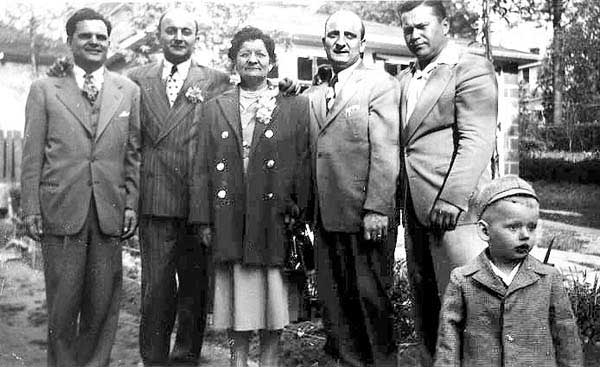
From left, Walter Wojcik, Emil Lasica, his mother (“Babci”), John Lasica, George Maciag and his son Gregory, circa 1951.
John Lasica died in Port Richey, Fla., on June 30, 2010, at age 91. In his late 80s, he wrote this short bio and remembrance:
My father Wojciech (George) Lasica was born on Oct. 9, 1892, in Galicia, Austria. His parents were Jacob Lasica and Maryann Dul from Spiech, Austria (now Spie, Poland). My father had two sisters. [Actually, he had three sisters and two brothers.] My mother was born on Nov. 3, 1890, in Galicia, Austria. Her parents were Andrew Delenta and Honorato Zak in Kamien, Austria. She had two brothers, Luke and Joseph. Austria was part of Poland and after the war it was taken over by Poland.
My mother came to Warren, Rhode Island, where he brothers lived and met my father there, and at an early age, 21, they were married in Warren, R.I. Shortly they moved to New Jersey, where my father worked in a bakery. After a few years of working, he had enough money and bought a bakery in Garfield, NJ. My sister Violet was born on Sept. 17, 1916, and my sister Jean was born March 21, 1917. I was born on June 23, 1919, and my brother Emil was born on Aug. 14, 1920. My sister Sophie (Tory) was born on July 3, 1926. We were born very close because my father wanted us to be a close family.
I as a young tot remember the streets were like beach sand and the delivery of supplies were made by horse and wagon because the rucks could not drive in the soft sand. I also remember going with my father to make his deliveries and the horse knew when to make his stop at each home and stores. The bakery was named Hilltop bakery because it was on top of a hill. After a few years my father sold his bakery and bought one in Passaic, NJ.
My father had his brother-in-law working for him as a baker. One night Mr. Madanski had a few drinks and was frying donuts when he fell asleep and the oil boiled over and started a fire. My mother took my two sisters out and my father put my brother and me in a big quilt and threw us down to the firemen. Mr. Madanski died in the fire and that as the end of his business. My father kept on working as a baker after that. My mother worked in a handkerchief factory and they saved enough money to buy a house for $7,000. It was a big house with 3 bedrooms on the second floor and a big living room and dining room and kitchen, plus a sun room for plants. My mother didn’t enroll me in school because she wanted my brother and I to go to school together. We had a good life and there was no shortage of food during the Depression. Before winter my father went out and bought a couple bushels of cabbage and would grate it in a 55-gallon barrel, and we had sauerkraut all winter. Any kraut left over the winter went into jars.
My father would go to a banana dealer and buy a big whole stalk of bananas and hung i in the garage for us to help ourselves. My mother’s neighbors in Poland were the Prybysz family, which included Anthony, Joseph, Rudolph and Martin. Anthony lived not too far from us, so when martin came to visit his brother Tony, my mother would ask me to take her by Tony’s house so she could see martin because they were very close in Poland.
Martin had three daughters, Stella, Loddie and Blanche. Loddie was baptized as Ladislava and the teacher’s had a hard time saying it so they changed it to Loddie. It was there at Tony’s house where I met Loddie, and I would travel from my home in NJ to NY City where she lived. After a short courtship, we were married on June 15, 1940.
John M. Lasica was born two years later in October 1942 [his bio says 1941]. I worked in a little supermarket and didn’t have a defense job so I was drafted into the Army on Sept. 1, 1944, and was stationed at Fort Knox, Ky, where I went to the Cooks and bakery school and graduated with a score of 87. I was made a mess sergeant and had six books, and had to make out the supplies and make out the menu. The menu was in our manual, so I didn’t have any worry what to feed the soliders.
I was discharged in July 1946 and went to work at Botany Mills, where they made the yarn for suits, shirts, ties and all wearing apparel. Botany Mills got slow because the USA was importing all the material from other countries. After a few years at Botany, I went to work in a supermarket and worked for the same owner for 32 1/2 years before I retired in 1981 [from A&P].
My son Robert (Bob) was born May 26, 1947, after I came out of the service. My father passed away in 1961, and my mother passed away in 1973. John M. Lasica got married at an early age and had three wonderful children, who we didn’t see much because I worked six and seven days a week and was busy on my little time I had. They lived in Connecticut and we lived in NJ.
When Loddie and I got married we lived in a house that had no hot water so we had to put on the gas tank to heat up the water for 17 1/2 years. We bought a house in 1957 in Saddle Book, NJ. We sold our house in 1989 and moved to Florida to the hot weather. A few years later Bob moved down here not far from us so we are able to see him and his companion and he does things for us that I can’t do.
Related
]]>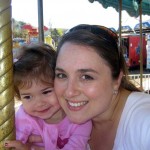
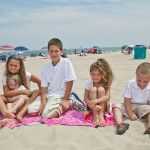
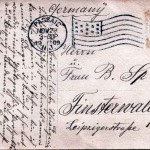
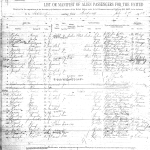
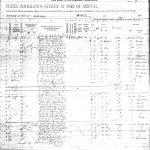
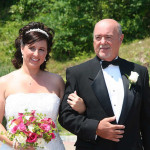
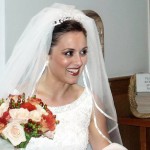
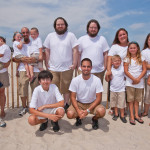
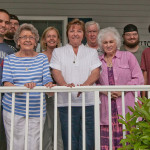
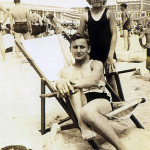
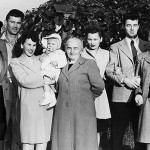
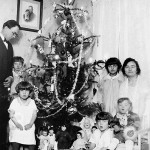

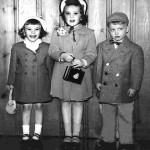
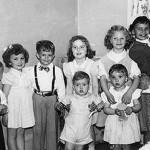
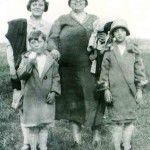
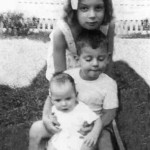
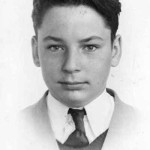
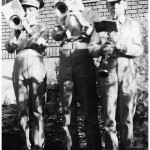
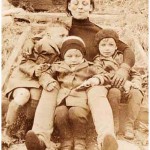
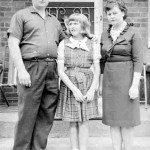
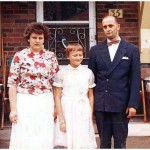
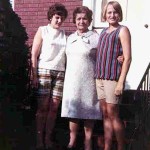

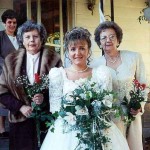
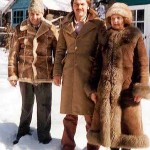
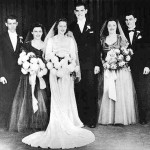
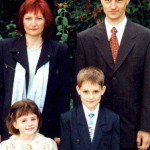
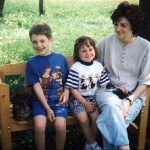
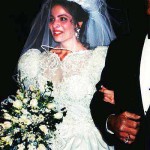
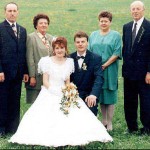
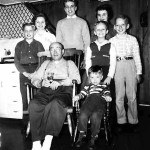
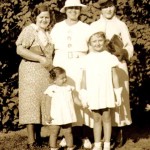
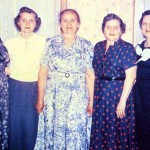
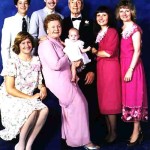
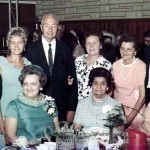
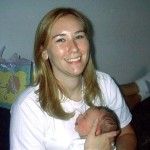
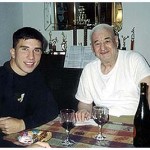
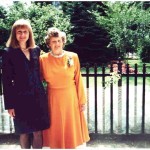
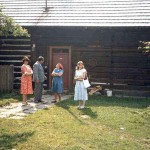
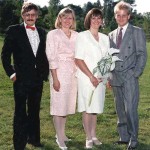
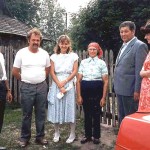

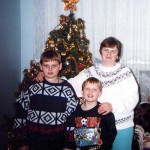
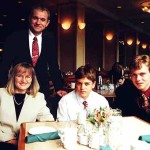
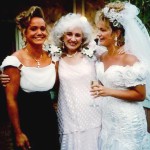
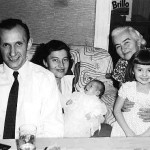
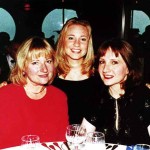
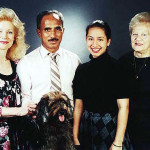
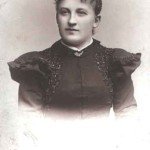
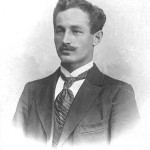
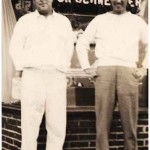
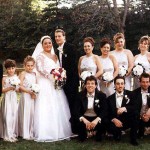
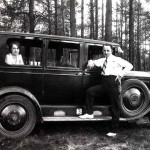
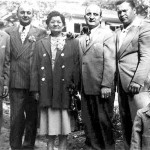
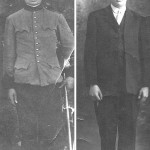

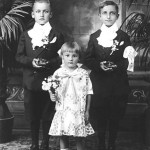
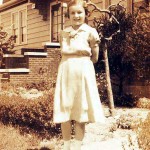
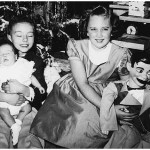
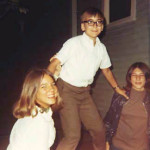
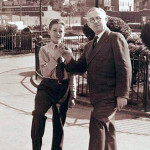 ]]>
]]>
The region of southeastern Poland where John Lasica, his son Jakub and his other children may have been born, in Posuchy, near Ranizow (141.6 miles SSE of Warsaw). Jakub Lasica moved his family to Wilcza Wola, and some of his children were baptized in Nowy Nart.
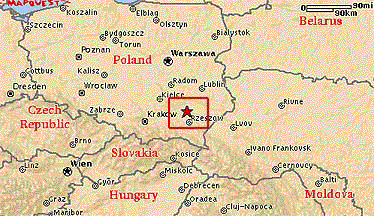
The area of Poland (in rectangle), enlarged above.
